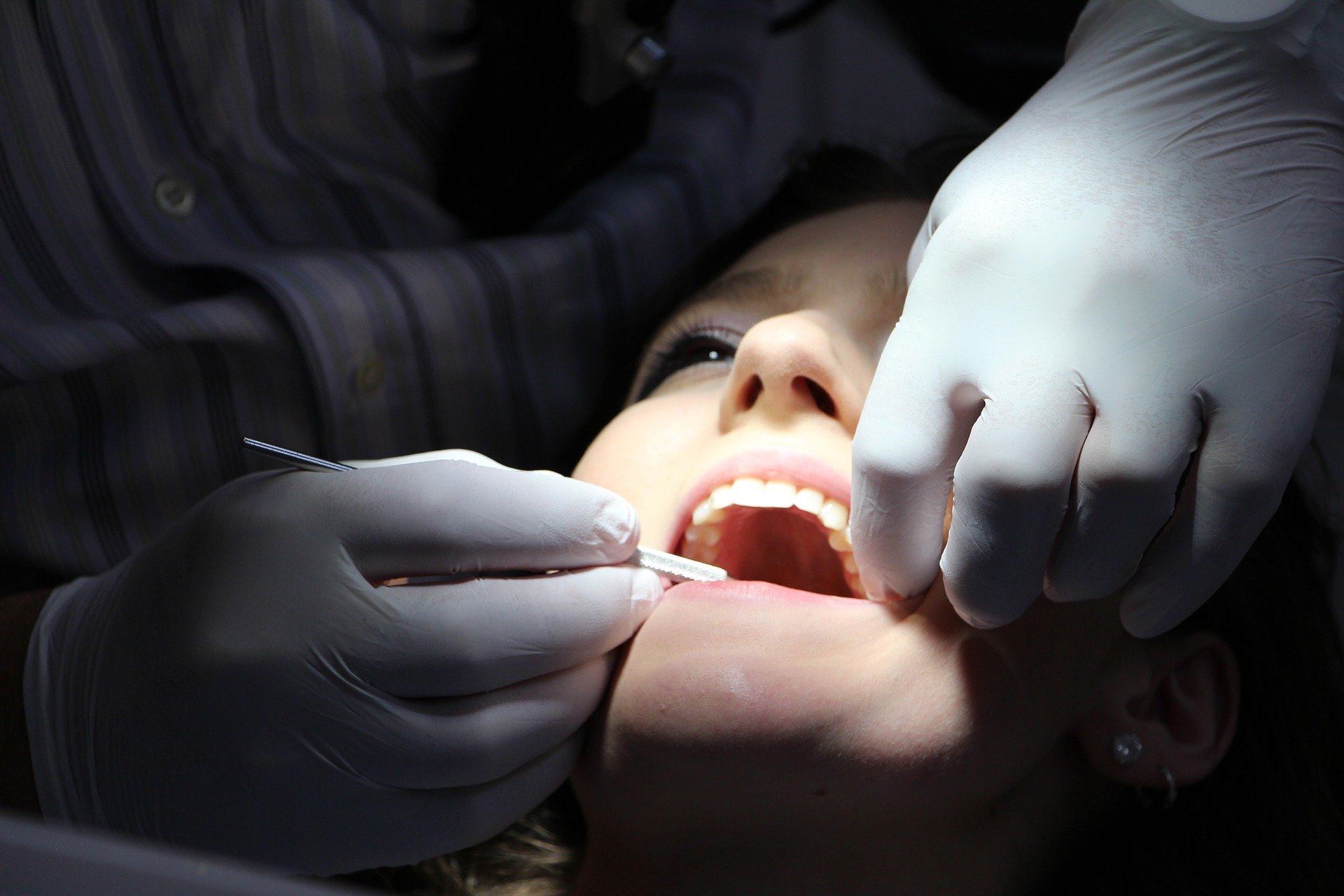

What if cavities or cracked or broken teeth could be repaired without dental fillings?
Unlike many other types of human tissue, dental enamel, the outer layer of teeth, doesn’t regrow once it’s damaged. Dentists have to repair cavities and damaged enamel with synthetic materials like ceramics, metals, and resins.
But scientists are studying how to grow dental stem cells in a lab to try to transform how dentists treat teeth, imagining a future in which tooth enamel or whole teeth could be replaced.
Scientists have created a 3D model with human dental stem cells they are working to use as the building blocks to restore teeth, according to results of lab experiments reported in Cellular and Molecular Life Sciences.
The researchers used stem cells from the dental follicle, tissue that surrounds teeth, to make the 3D model, which can grow more dental stem cells in a lab.
“It would be a great advance in the field if stem cells could be used to repair cavities or treat other oral health issues,” says senior study author Hugo Vankelecom, PhD, a stem cell researcher at the University of Leuven in Belgium.
“The tooth provides an excellent source of stem cells,” he says, and his team can make them grow and produce a lot more cells.
In theory, it should be possible for scientists to get dental stem cells from teeth that are naturally lost or surgically removed. Then they could freeze and preserve the cells without losing their ability to grow and regenerate, Vankelecom says.
In the future, this might mean biobanks routinely store tissue from wisdom teeth that get pulled, so that dentists could use this tissue when oral health problems develop down the line.
“These cells could be applied to personalize dental treatments,” Vankelecom says.
Fixing Teeth
Of course, many more lab tests and clinical trials will be needed to see if, one day, dentists can use dental stem cells to fill cavities and fix damaged teeth safely and effectively.
“Success in the clinic will depend on the ease of collection and biobanking, the cost, and the eventual quality of repair,” Vankelecom says.
That said, current techniques for filling cavities and repairing teeth leave a lot to be desired, says Ophir Klein, MD, PhD, executive director of Cedars-Sinai Guerin Children’s and an adjunct professor at the schools of dentistry and medicine at the University of California, San Francisco.
“A tooth that is treated with a biological as opposed to an inert therapeutic has the potential to remain healthier and more resilient,” says Klein, who wasn’t involved in the new study. “It seems plausible to me that in our lifetime, we will have stem cell-based therapies to treat dental disease.”
more recommended stories
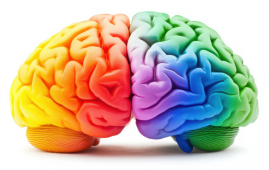 Spatial Computing Explains How Brain Organizes Cognition
Spatial Computing Explains How Brain Organizes CognitionKey Takeaways (Quick Summary) MIT researchers.
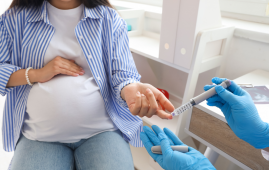 Gestational Diabetes Risk Identified by Blood Metabolites
Gestational Diabetes Risk Identified by Blood MetabolitesKey Takeaways (Quick Summary for Clinicians).
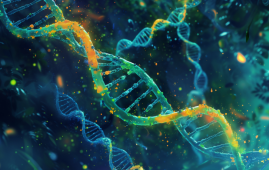 Phage Therapy Study Reveals RNA-Based Infection Control
Phage Therapy Study Reveals RNA-Based Infection ControlKey Takeaways (Quick Summary) Researchers uncovered.
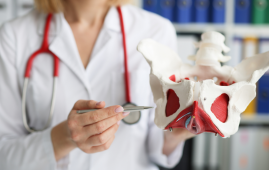 Pelvic Floor Disorders: Treatable Yet Often Ignored
Pelvic Floor Disorders: Treatable Yet Often IgnoredKey Takeaways (Quick Summary) Pelvic floor.
 Urine-Based microRNA Aging Clock Predicts Biological Age
Urine-Based microRNA Aging Clock Predicts Biological AgeKey Takeaways (Quick Summary) Researchers developed.
 Circadian Control of Neutrophils in Myocardial Infarction
Circadian Control of Neutrophils in Myocardial InfarctionKey Takeaways for HCPs Neutrophil activity.
 E-Cigarette Use and Heart Attack Risk in Former Smokers
E-Cigarette Use and Heart Attack Risk in Former SmokersKey Takeaways for Clinicians and Nurses.
 Ultramarathon Physiology: What HCPs Should Know?
Ultramarathon Physiology: What HCPs Should Know?Ultramarathon Metabolism: What Happens to the.
 High-Intensity Training and Oxidative Stress Insights
High-Intensity Training and Oxidative Stress InsightsNew Evidence Linking High-Intensity Training and.
 Sterilized Fermented Beverage for Obesity: New Evidence
Sterilized Fermented Beverage for Obesity: New EvidenceEarly Insights Into a Sterilized Fermented.

Leave a Comment